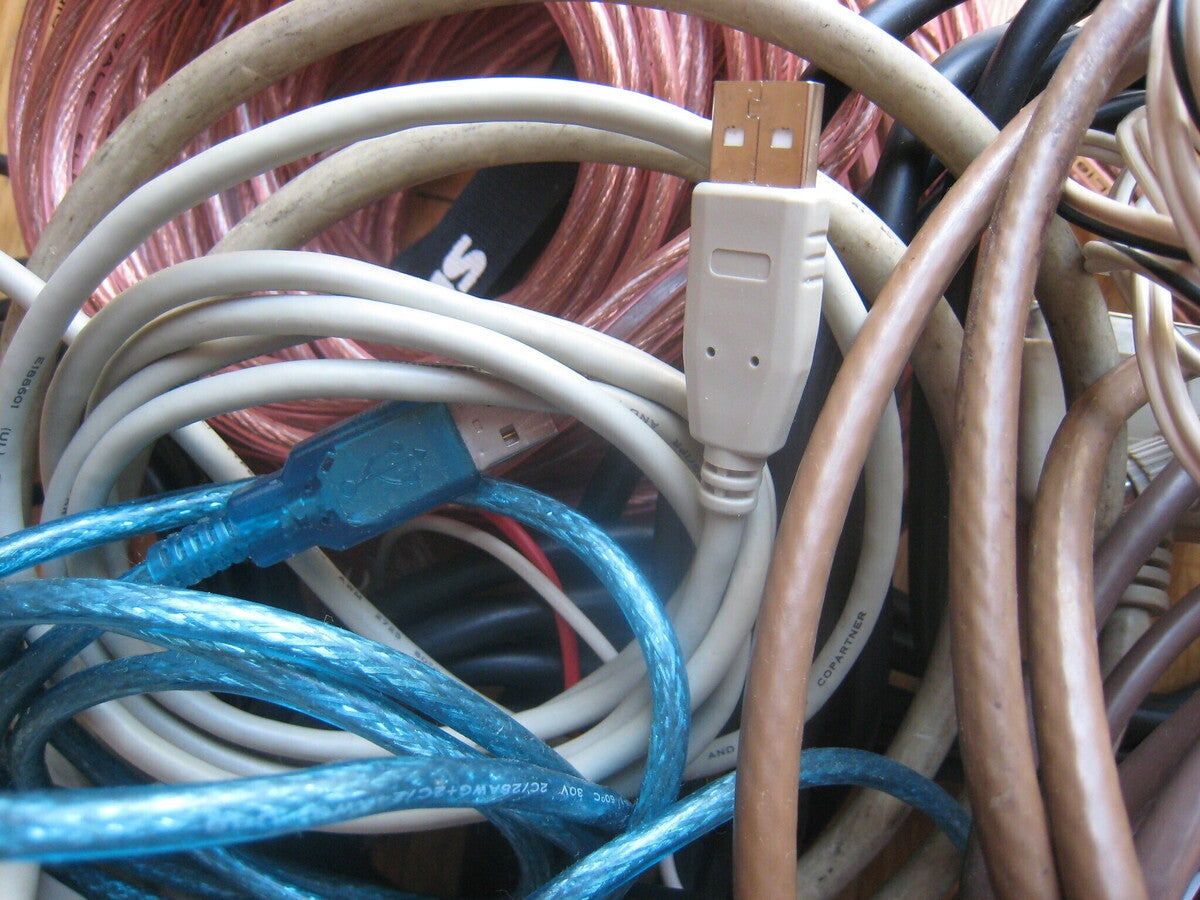- Forget Otter.ai: ChatGPT just entered the meeting room
- Seven Steps to Building a Mature Vulnerability Management Program
- I replaced my laptop with the OnePlus Pad 3 for a week - here's my buying advice now
- IBM’s cloud crisis deepens: 54 services disrupted in latest outage
- Proton VPN vs. Private Internet Access: Which VPN should you choose?
Arista switches target low-latency, high-density networks

Arista Networks has rolled out two new switches that are designed to reduce network latency and decrease the need for cables and devices in high-density environments.
The 7130LBR Series and 7130B Series are aimed helping customers consolidate servers, network and FPGA devices in Layer 1 networks that are typically found in financial, banking and trading environments along with certain enterprise environments such as those that support lots of video and test labs.
“The idea is that [Layer 1 switching] is a little bit like a telephone exchange inside the network. It can directly connect endpoints within the network via a circuit,” said David Snowden, director of engineering for Arista. “So without going through any Layer 2 or Layer 3 process, without decoding the packet, and just [by] creating an end-to-end connection of bits between endpoints – it’s super fast and super deterministic.”
“Layer 1 networking is not the right technology if you want to stitch containers together, necessarily. But it’s definitely the right technology if you want to connect your algorithmic trading up to the stock market, and you want to get orders, information and facts from that market as quickly as possible,” Snowden added.
The new Arista switches are designed to collapse and eliminate or reduce the need for multiple devices and cables in such environments.
The 1RU 7130LBR supports 96 front panels (twice as many as the company’s existing Layer 1 switches), two 48-port programmable FPGAs, and a multi-core x86 CPU, and it’s based on the Broadcom Jericho2 processor. By aggregating connectivity, the switch could take an existing eight-device, 11RU system and reduce it to a two-device, 2RU footprint, Snowden said. In that example, the 7130LBR switch could reduce cabling needs by 75% and power consumption by 65%, he said.
The 7130B Series brings together a high-density Layer 1 fabric with a high-radix Intel Tofino L2/3 switch. It supports over 2.5x the Layer 1 connectivity of existing offerings with 256 interfaces using high-density QSFP-DD connectors that can link hundreds of devices, FPGAs and thousands of edge ports, Snowden said. Its P4 programmable packet processing support lets users customize packet handling and filtering.
The reduction in device needs and space is even more dramatic with the 7130B Series. For example, the 7130B can take an environment that includes nine devices and requires a 17 RU footprint and reduce it to one device with a 2RU footprint.
“The new switches dramatically reduce the amount of space that’s required for these networked systems, and that space is some of the most valuable rack space on the planet,” Snowden said. “You have to pay a lot to be in these data centers, and you have to pay a lot for the connectivity” to financial exchanges.
Like all of Arista’s boxes, the new switches run Arista’s EOS operating system and come under the control of the vendor’s management platform, CloudVision.
What that means is companies can tie their Layer 1 networks into the mainstream Arista environment and manage everything from one location that feels a lot more familiar to network engineers, said John Peach, Arista technical director. “It significantly reduces operation complexity and lets customers scale more quickly and easily.”
The new switches are expected to be available in Q4 2022.
Copyright © 2022 IDG Communications, Inc.

